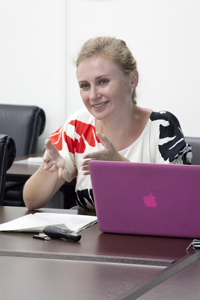News
東文研セミナー 「Larissa Zakharova先生(フランス社会科学高等研究院)をお迎えして」 が開催されました
報告
2015年7月16日(木)午後、東文研セミナー「Larissa Zakharova先生(フランス社会科学高等研究院)をお迎えして」が東洋文化研究所3階第1会議室に開催された。高見澤 磨所長(東洋文化研究所)が司会、羽田 正(同・教授)がコメンテーターを務め、本研究所に訪問研究員として滞在しているフランス社会科学高等研究院のLarissa Zakharova准教授がそれぞれ「Dior in Moscow and Tokyo: Global History of Fashion and Intercultural Exchanges during the Cold War」を題して発表した。
Zakharova准教授の報告は冷戦中にディオールのファッション・コレクションに注目し、フランス、ソビエト、日本の三ヵ国間のファッションの流れについて分析し、ファッションは冷戦中に特別な政治的意味を持っているとZakharova氏が主張する。報告後、羽田 正教授が日本とロシアにおける文化とファッションの関係などついて報告者と意見を交わしたあと、約20名の参加者も討論に参加し、グローバル・ヒストリーと社会史の視点から本報告の内容について活発な議論が行われた。
当日の様子
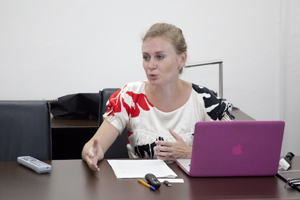 | 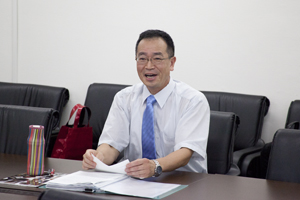 |
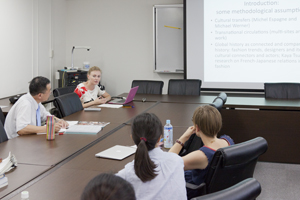 | 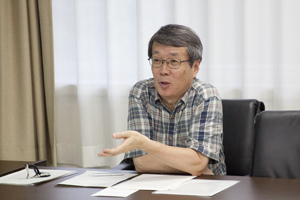 |
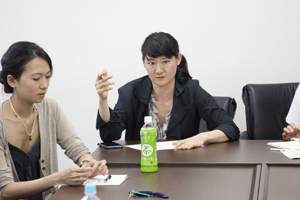 | 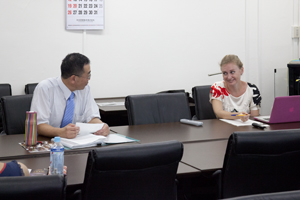 |
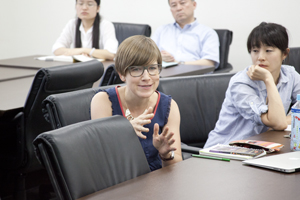 | 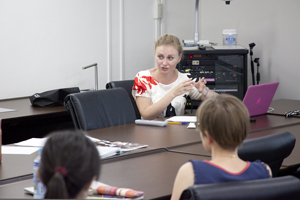 |

開催情報
日時: 2015年7月16日(木) 14:00-16:00
会場: 東京大学 東洋文化研究所 3階 第1会議室
講師: Larissa Zakharova(フランス社会科学高等研究院、准教授)
題目: "Dior in Moscow and Tokyo: Global History of Fashion and Intercultural Exchanges during the Cold War"
司会: 高見澤 磨(東洋文化研究所 所長)
コメンテーター: 羽田 正(東洋文化研究所 教授)
使用言語: 英語
担当:高見澤
要旨:
Dior in Moscow and Tokyo
Global History of Fashion and Intercultural Exchanges during the Cold War
This lecture will be devoted to the transnational circulations of fashion trends between France, the Soviet Union and Japan during the Cold War. In the Cold War context, fashion and luxury obtained specific political meaning. Even in the USSR, despite shortages, fashion and democratized luxury became symbols of superiority of the socialist regime in comparison with the capitalist states. Fashion trends, designers and items will be apprehended as cultural connectors and actors of this global history.
In global history of fashion 1947 is an emblematic year related to the emergence of Dior “new look” collection. The name “new look” appeared in the USA. This transatlantic glorification of a French fashion trend began simultaneously with the Cold war and got a strong impact in different parts of the world, in the USSR and Japan, and this despite ideological confrontations. In the aftermath of the Second World War, a project of reforms aimed at the improving of material wellbeing was discussed among the Soviet rulers, whereas the Japanese society entered the period of western-style modernization that included changes in everyday clothing practices.
1953 can be considered as another turning point in this global history of fashion and consumption: after the Stalin’s death Khrushchev announced peaceful coexistence and launched the program of reforms that was discussed previously, giving an opportunity to the Soviet clothing designers to visit Christian Dior House in Paris in order to improve the production of clothing in the Soviet Union; the same year Dior House came to Japan for the first time, on the invitation of Bunka Fashion College. These first contacts were followed by more intense exchanges (for instance, several journeys of Soviet designers in Paris and Dior House’s visit in Moscow in 1959) and formed a really global taste for Dior fashion.
Analyzing the borrowing of Dior style fashion trends in the Soviet Union and Japan, we will pay special attention to the way in which “cultural codes” changed during circulations and through adaptation to local contexts. We will see how Dior inspired dresses were presented as authentic socialist fashion and how French fashion was personified in Japan. We will also examine political, social and economic consequences of these intercultural exchanges between France, the USSR and Japan during the 1950-1960s.
登録種別:研究活動記録
登録日時:WedJul2912:30:392015
登録者 :高見澤・張・野久保(撮影)・藤岡
掲載期間:20150729 - 20151016
当日期間:20150716 - 20150716

